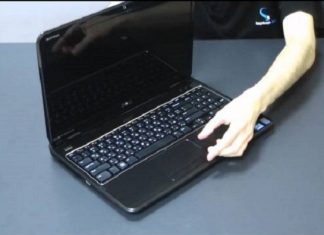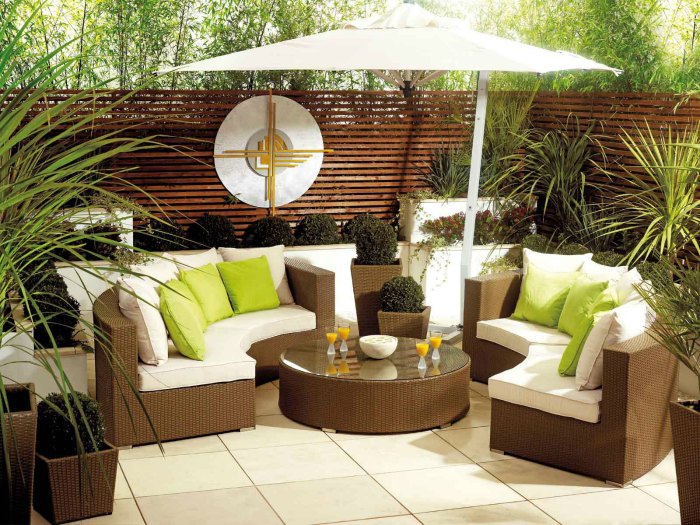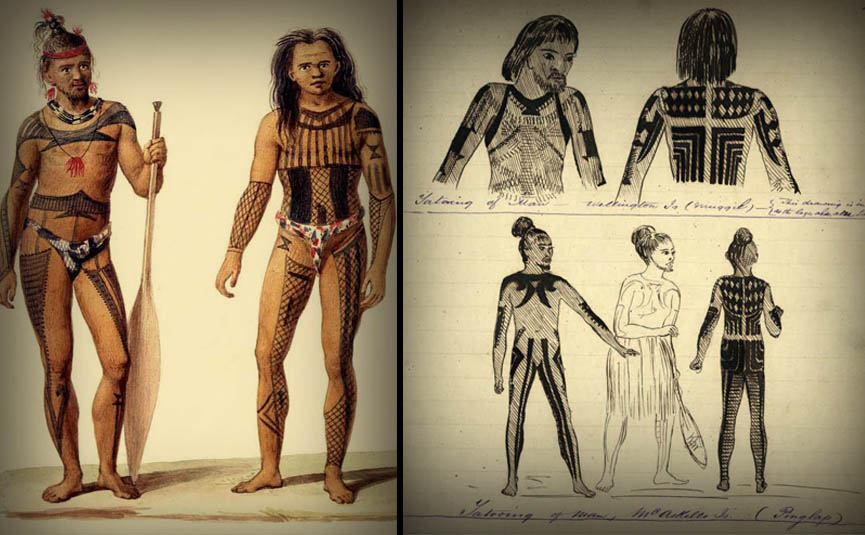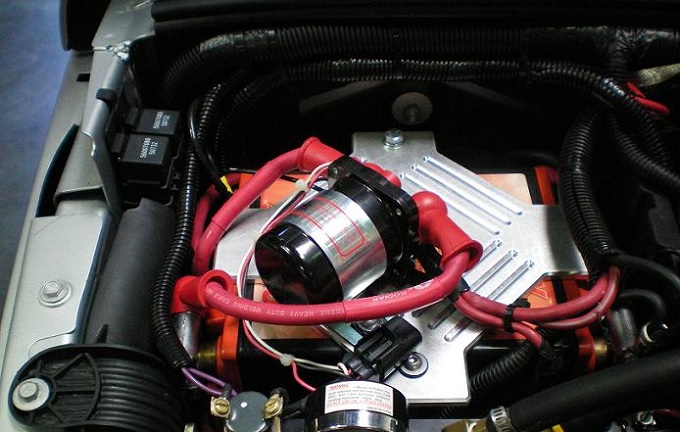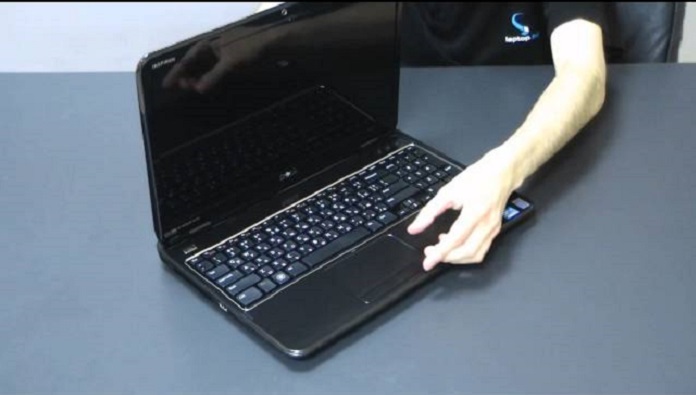If you are someone who enjoys walking, hiking, or running, you have probably tried your fair share of footwear. Some of them over-cushioned, others over-engineered, they are all meant to make our activities more convenient. But is this convenience actually doing us a favour, or have we come to depend too much on technological improvements in shoemaking that we are doing ourselves a disservice? A growing body of research has shown that wearing barefoot shoes instead, brings many healthful and practical advantages.
The Natural Foot Revolution
26 bones, 33 joints, over 100 muscles, tendons, and ligaments – our feet are true engineering marvels. Yet for decades, we’ve been cramming them into footwear that restricts their natural movement. Barefoot shoes are aimed to let your feet do what they are designed to do. So, what constitutes a barefoot or minimal shoe? One of the defining features is the zero-drop footbed which positions your heel at the same distance from the ground as your forefoot. They have a thin sole that allows for a good ground feel and a wide toe box that lets your toes spread. No arch support, no heavy cushioning. The point is to provide minimum protection while allowing natural movement and working with your foot’s biomechanics. Whether you use them for everyday activities, working out, or running, these shoes give you a feeling of unconstrained movement.
What Are the Benefits of Barefoot Shoes?

More than just looking different, mens minimal shoes offer a range of benefits that go beyond just comfort.
Improved Strength and Mobility
The construction of barefoot shoes allows your feet to become stronger as they now engage muscles, tendons, and ligaments that traditional shoes keep dormant. The ability to flex and move your feet freely promotes muscle development and improves foot mobility. Running in minimal shoes engages the intrinsic muscles and assists performance. Over time, this can also help prevent injuries.
Increased Balance and Sensory Feedback
Without the thick soles and cushioning masking the ground feel, your body receives more sensory feedback, and you can rely on your body’s natural balance mechanisms. This enhanced proprioception – the body’s awareness of its position – is key for activities that require stability. It’s the reason why many athletes and fitness enthusiasts who do weightlifting or body weight prefer the minimal design. The improved balance means more precision in performing exercises, fewer missteps, and reduced risk of injury. Greater awareness of your movement and the surface beneath you also leads to better agility and quicker reflexes.
Better Posture and Alignment
The more natural position of the feet helps you maintain better posture and stability. Traditional shoes with cushioned heels and elevated soles force the body to tilt slightly forward affecting the spine alignment. Mens minimal shoes with zero-drop soles encourage a more natural stance, reducing the strain on the lower back and hips, which leads to fewer posture-related issues. Many users report that their chronic knee and back pain diminishes as their walking and running form naturally improves.
Stronger Ankle Joints and Natural Gait
With less support from your shoes, your ankles need to work harder to stabilise your body. This increased workload leads to greater flexibility and enhanced resilience to sprains and ankle injuries. For runners, the switch to barefoot shoes for men can have a significant impact on the running form by encouraging a more natural gait. Rather than landing on your heel, which cushioned shoes often promote, you land on your midfoot or forefoot. This striking pattern tends to place less stress on the knees, hips, and lower back, and improves the overall movement efficiency.
Choosing Your First Pair
If you’re intrigued by barefoot shoes, it’s important to start gradually to avoid potential discomfort or injury. Your feet have likely spent years in conventional shoes, so they’ll need time to adapt and become stronger. Consider starting with a more transitional model that offers some cushioning while maintaining minimal features. Try doing a workout at the gym or wear them around for a day. Give your feet time to adjust to the increased demands.
If you are buying barefoot shoes for everyday wear and walking, look for models with flexible soles that can still handle urban environments. Trail runners, on the other hand, might feel more comfortable in models with slightly more aggressive tread patterns for grip.
Keep in mind that switching to barefoot men shoes isn’t always smooth sailing. Your calves and ankles might feel sore at first, so take it slowly. Listen to your body for cues and don’t push your limits. Many men find that once they adapt, they can’t imagine going back to conventional footwear.
Final Thoughts
Barefoot shoes allow us to rediscover the natural movement. They offer a promising approach to stronger feet, improved posture, and a healthier body. Feeling the ground beneath our feet improves our connection to the environment, the way we walk through city streets, or hike mountain trails. Choosing these shoes becomes more than just a footwear decision – it’s a lifestyle shift toward a more natural movement.





